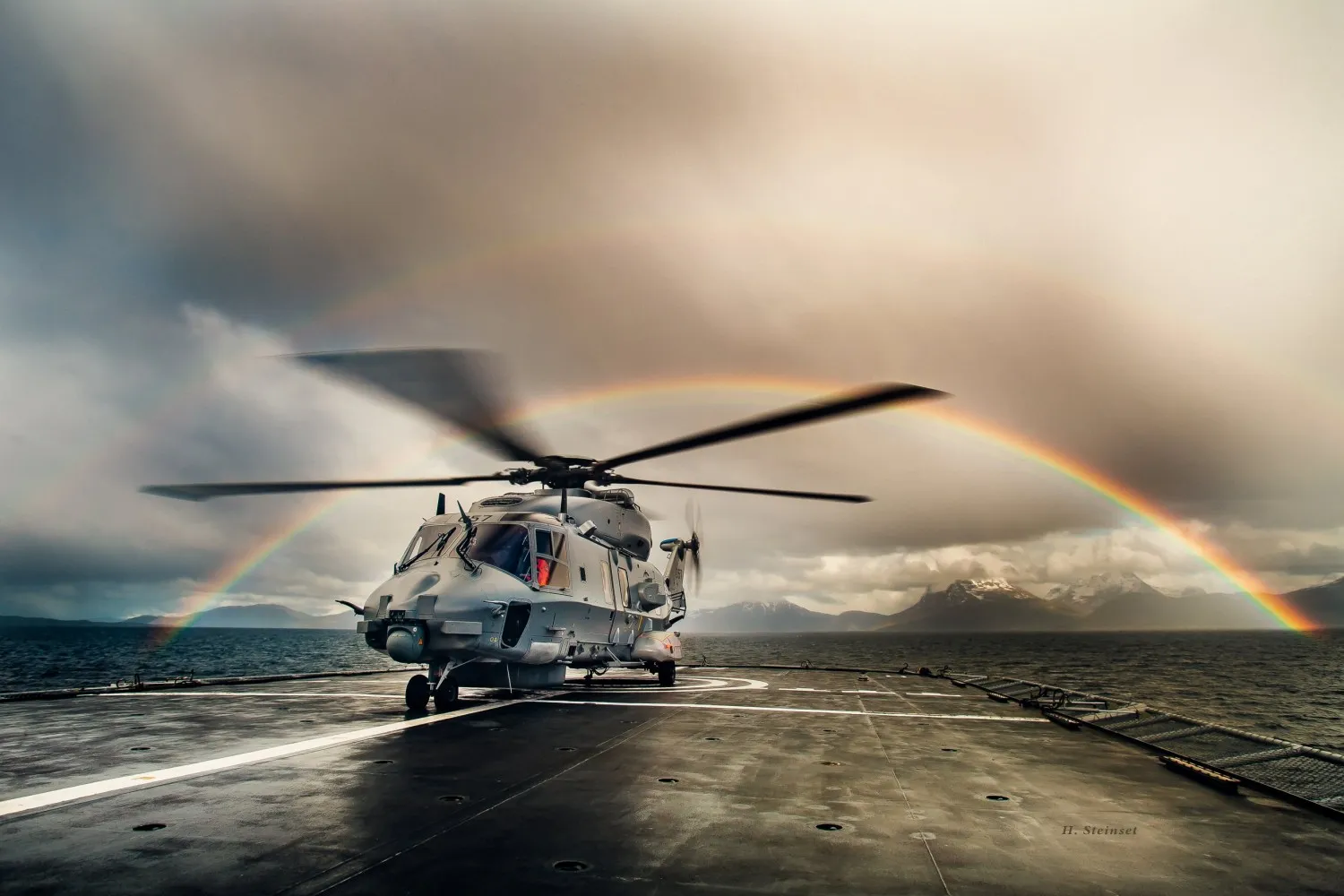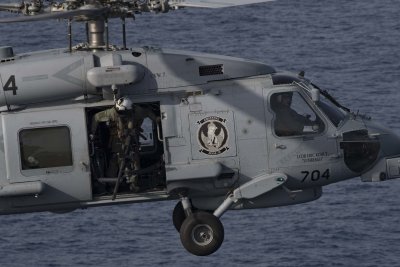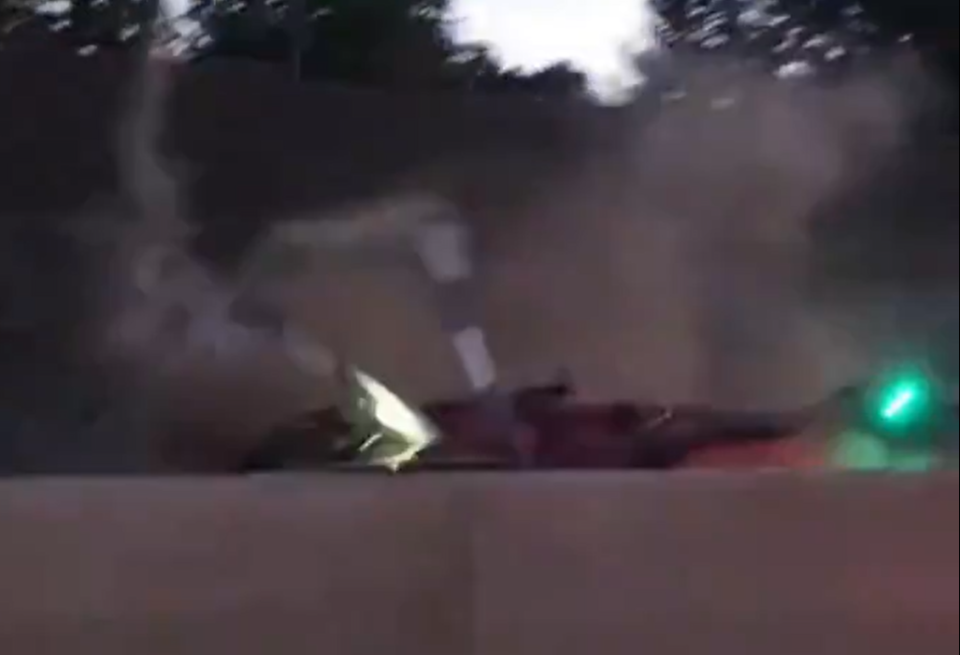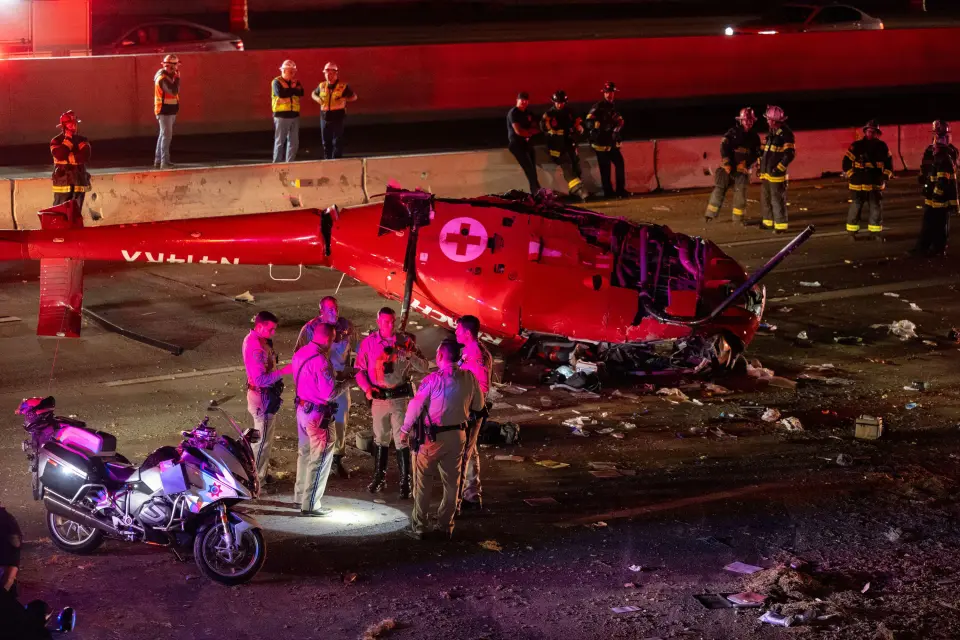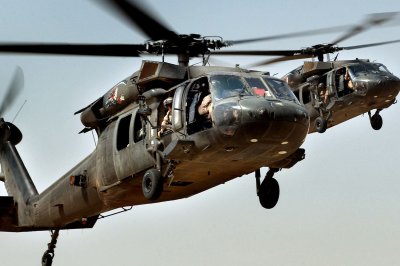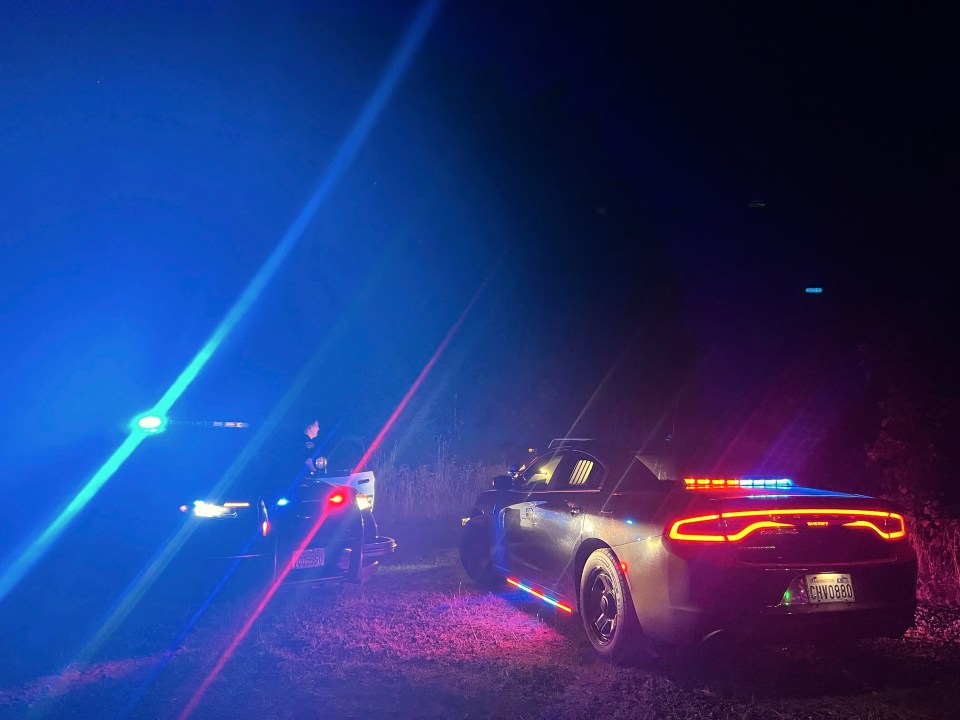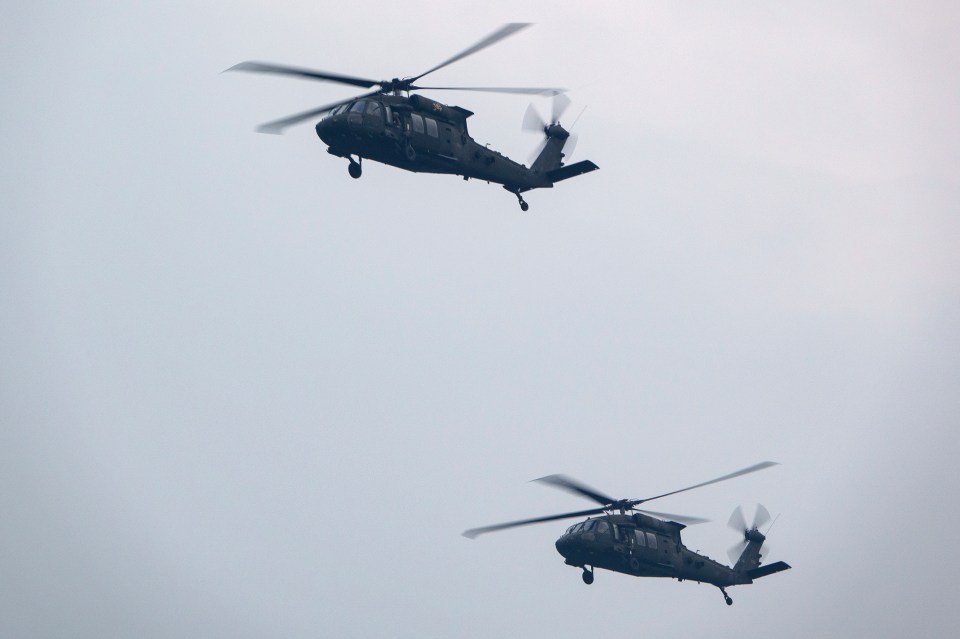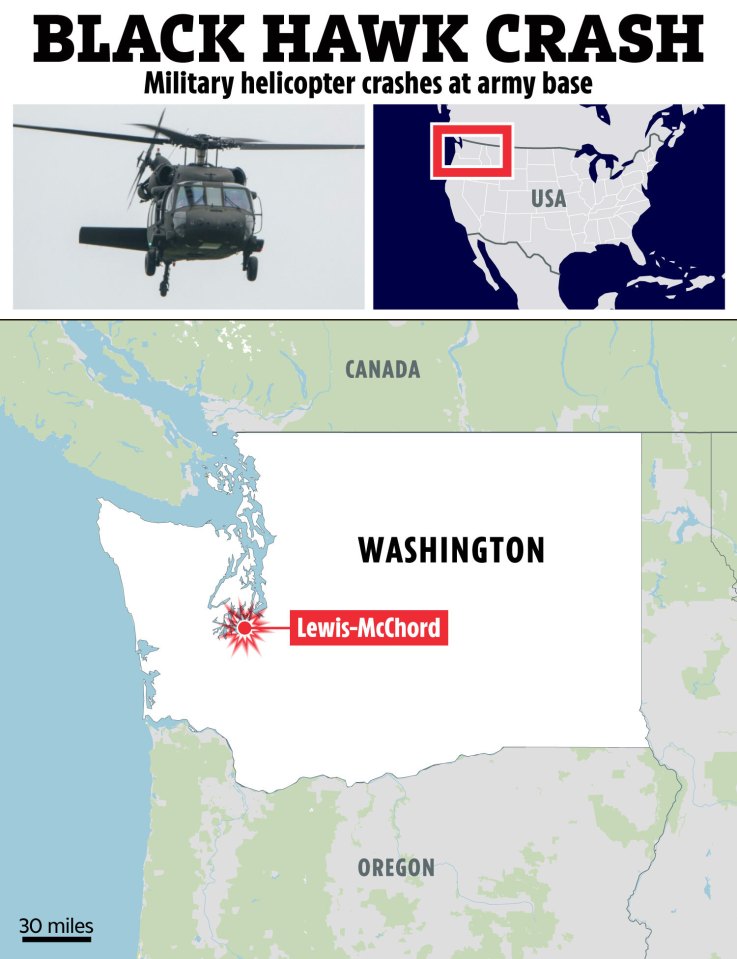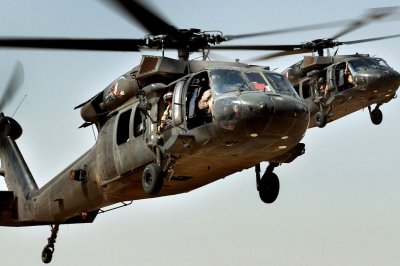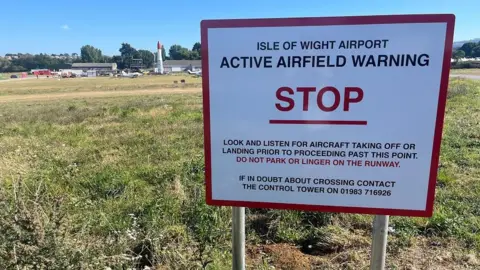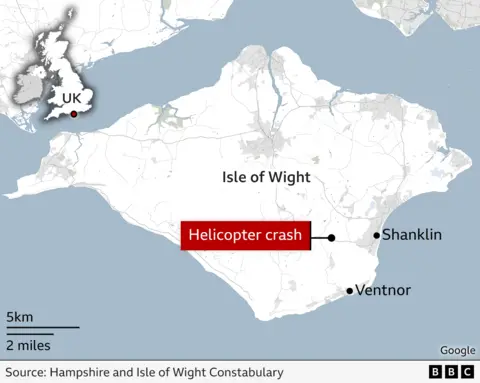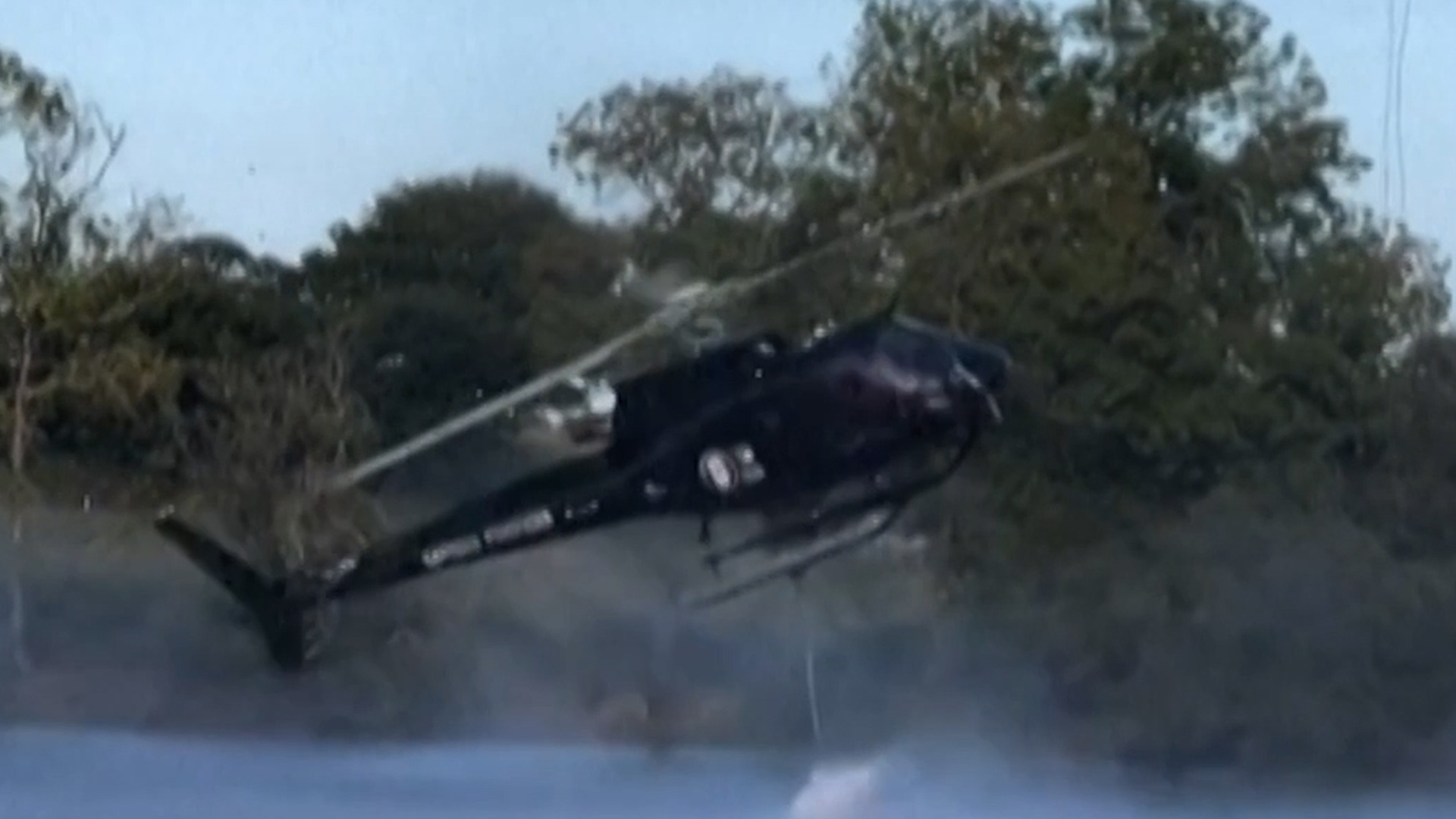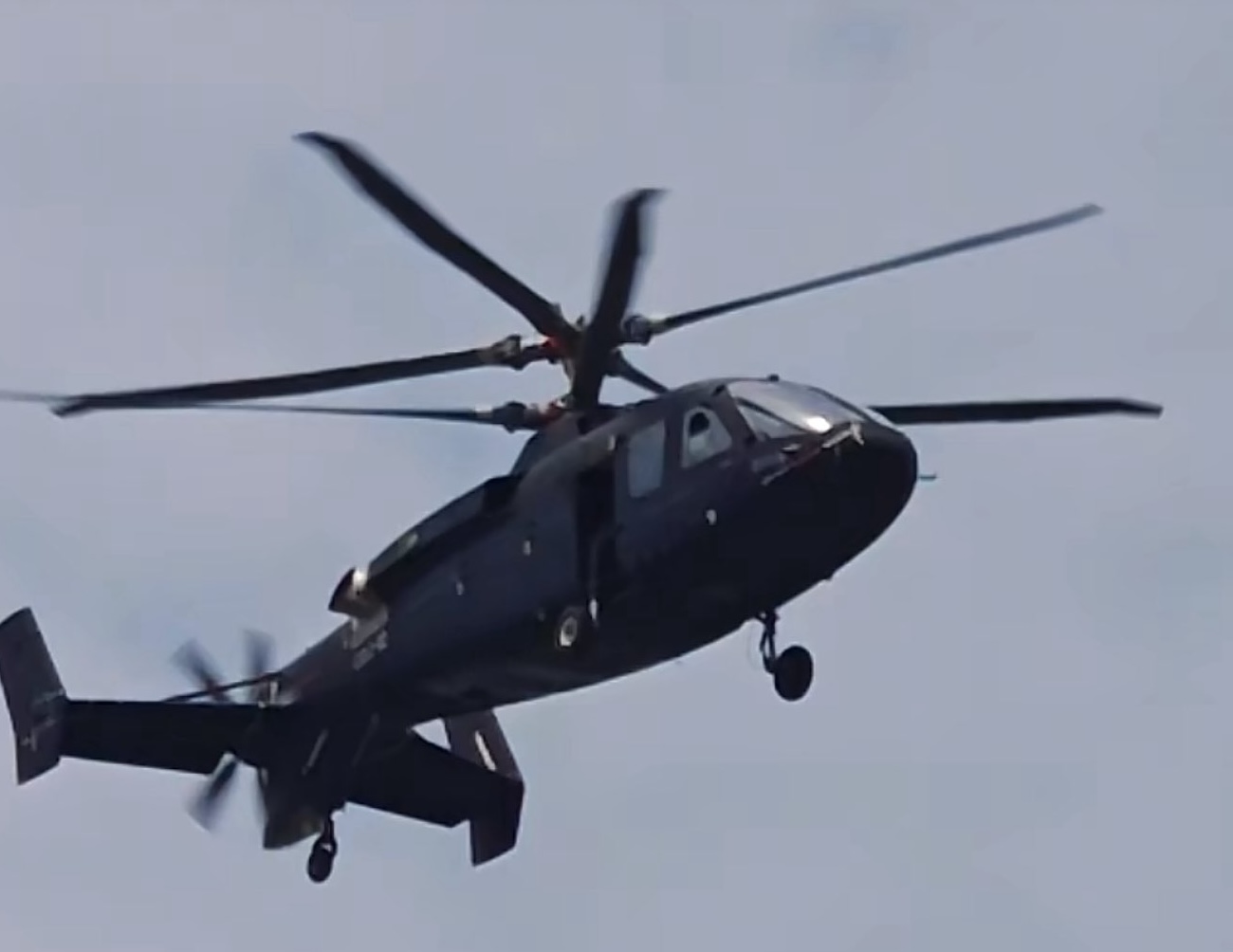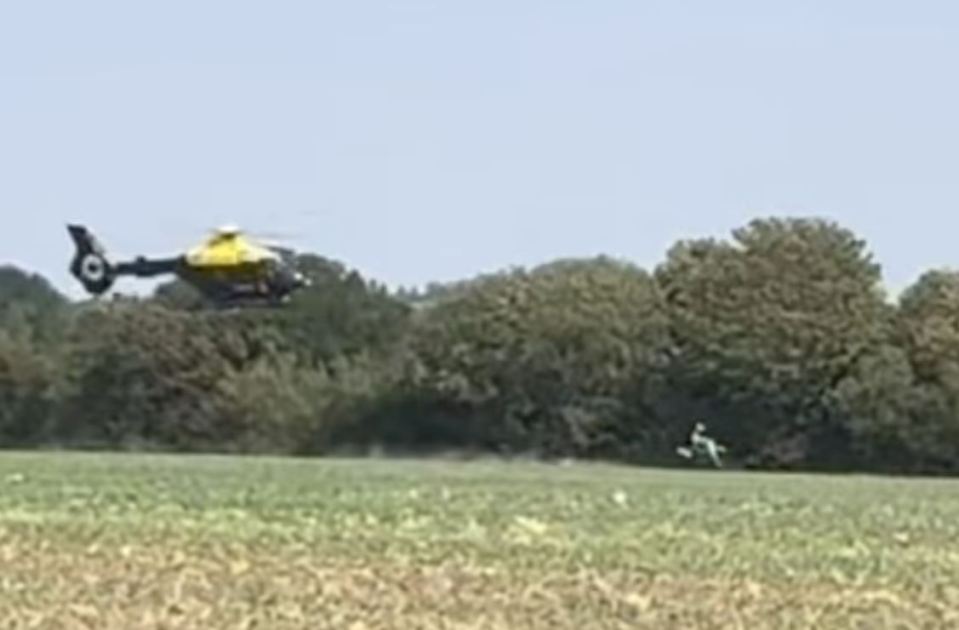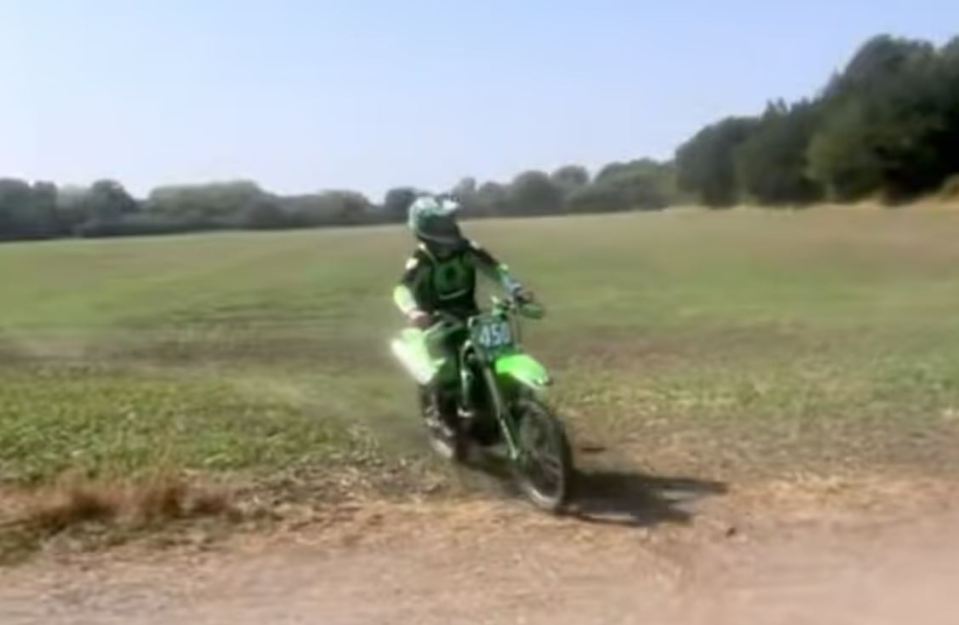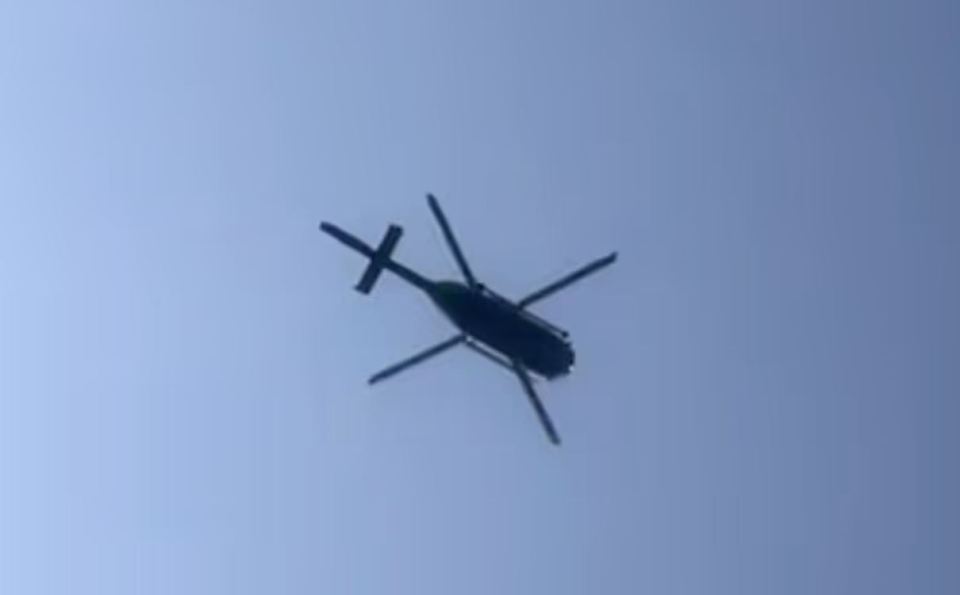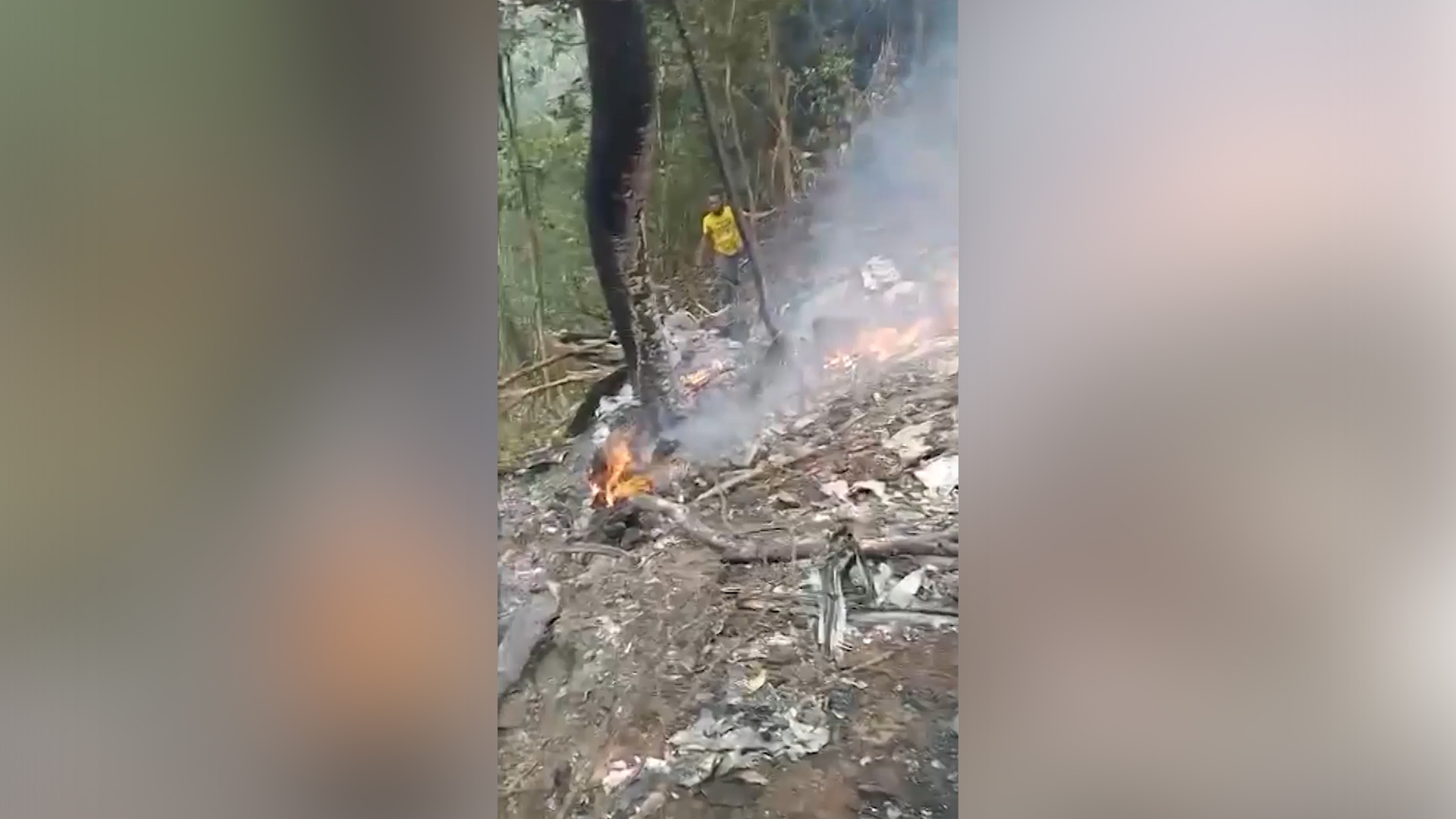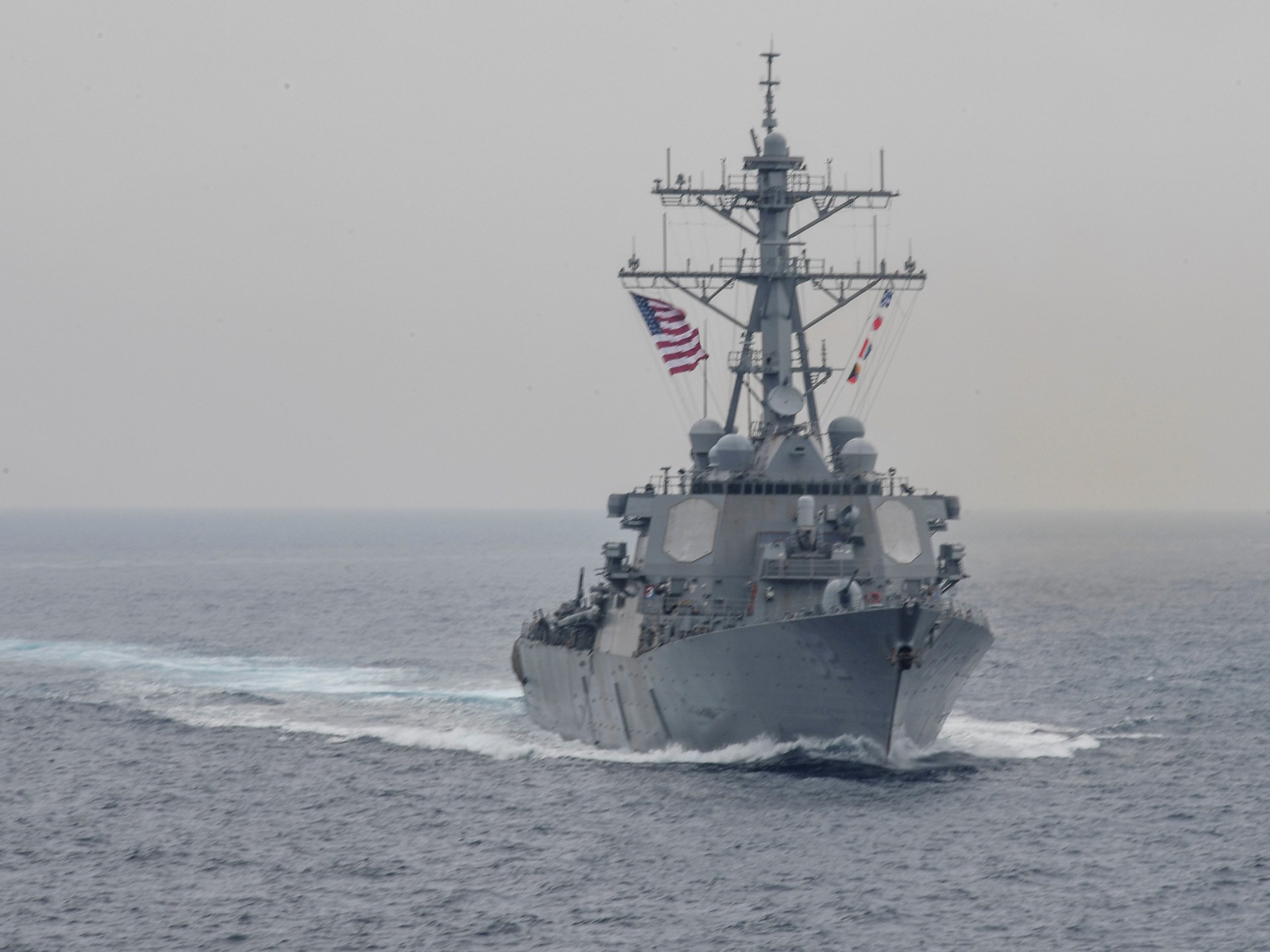Norway’s Sorry NH90 Helicopter Saga Finally Comes To An End
Norway has become the latest customer of the pan-European NH90 helicopter to walk away from its acquisition, agreeing on an out-of-court settlement with manufacturer NH Industries (NHI). The NATO member follows Australia, whose departure from the program TWZ has discussed in depth in the past, and Belgium, which announced earlier this year that it would retire its Tactical Transport Helicopter (TTH) versions.
It was confirmed today that NHI would pay Norway €375 million ($432 million) to bring to an end the dispute around the Scandinavian nation’s long-contested NH90 contract, which involved 14 navalized versions of the helicopter. In a joint statement, Norway and NHI said that the 14 NH90s would be returned to the manufacturer together with spare parts, tools, and mission equipment. The aircraft and components will be recycled back into the program so they can be passed on to other customers.

“This solution reflects the parties’ mutual agreement to bring all related disputes to a conclusive end,” the joint statement said.
Norway announced plans to buy the 14 helicopters in 2001, with these to be divided between the Royal Norwegian Navy and Norwegian Coast Guard, with deliveries planned between 2005 and 2008. The Navy was to get six examples outfitted for anti-submarine warfare, while the Coast Guard would receive the remaining eight configured for search and rescue.
From the start, the program was dogged by problems, with the first example not being delivered until December 2011. The following year, the Norwegian Ministry of Defense announced that the slow pace of deliveries meant that another helicopter type might have to be purchased to fill the gap once the country’s Westland Lynx shipborne helicopters were retired in 2014. At that time, it began to be reported that Oslo was looking at the U.S.-made MH-60 Seahawk as an alternative to the NH90 for anti-submarine warfare.

By January 2016, six NH90s had been delivered, and two years later, a Norwegian Armed Forces report found that the NH90 fleet was not providing the required flight hours to meet its intended roles. The report recommended that all 14 helicopters be converted for the anti-submarine warfare role.
A subsequent Norwegian Armed Forces study, in September 2018, suggested that it might still be possible for the 14 NH90s to perform in both the Navy and Coast Guard roles. However, this would require the ready availability of spare parts, as well as sufficient overhaul capacity. The goal was to achieve this by 2022.
By 2022, however, the Norwegian Ministry of Defense was voicing more concerns over new delays and NHI’s alleged failure to meet contractual obligations. Once again, an alternative helicopter was on the agenda.
Finally, in June 2022, then-Norwegian Minister of Defense Bjørn Arild Gram announced that the NH90 contract would be terminated and that the helicopters would be immediately grounded. Oslo cited delays, errors, and excessive maintenance requirements and demanded compensation from NHI.

By that point, 13 NH90s had been delivered, but only eight arrived in a fully operational configuration, according to the Norwegian Ministry of Defense. Where the fleet was required to fly 3,900 hours a year, it was averaging just 700 hours annually.
“Regrettably, we have reached the conclusion that no matter how many hours our technicians work, and how many parts we order, it will never make the NH90 capable of … meeting the requirements of the Norwegian Armed Forces,” Gram said at the time.
In 2023, Norway announced that the NH90s would be partially replaced by six MH-60R Seahawks. Deliveries began this year and are scheduled to be completed in 2027.
The Norwegian development is the latest blow for NHI in what has been a disappointing year.
In July, Belgium’s Minister of Defense Theo Francken said that the country will soon retire its four NH90 TTHs, describing the acquisition as a “bad purchase.” Belgium will continue to operate a similar number of maritime-tasked NH90s.
Australia’s sorry saga with the NH90 is something that TWZ has reported on extensively in the past.
Like Norway, Australia cited difficulties with maintenance and availability when, in December 2021, it announced it was ditching its fleet of MRH90 battlefield utility helicopters, a variant of the NH90 also known locally in that country as the Taipan, and replacing them with U.S.-built UH-60 Black Hawks. The NH90 had entered Australian service in 2008, and the fleet of 46 Taipans was retired a decade ahead of schedule.

“The performance of the MRH90 Taipan has been an ongoing and well-documented concern for [the Australian Ministry of Defense], and there has been a significant effort at great expense to try to remediate those issues,” then-Australian Minister for Defense Peter Dutton said at the time. “It is critically important that there is a safe, reliable, and capable utility helicopter available for our servicemen and women into the future, with reasonable and predictable operating costs.”
Norway’s neighbor, Sweden, has also been less than satisfied with its NH90s, of which it took nine each of the TTH and NFH, albeit modified to meet local requirements for specific search and rescue and anti-submarine warfare roles, respectively. Delays in getting the TTHs fully operational led to Sweden ordering 15 UH-60M Black Hawks as a stopgap, while in November 2022, the country revealed plans to replace its NH90 NFHs entirely.
Outside of these cases, other NH90 operators have faced a variety of problems with the helicopter, although these issues have rarely been consistent, especially since individual variants — more than 20 in all — can differ from country to country.
Examples include Germany, where the Army’s helicopters were revealed to have rear ramps too weak to support fully equipped soldiers, cabin floors that can be damaged by combat boots, among other faults. At one point in 2019, only around 12 percent of Germany’s NH90s were mission-capable, with the German Armed Forces blaming Airbus, which is part of the NHI consortium, for alleged failings in its maintenance services.

On the other hand, NHI has continued to trumpet the NH90’s successes, where they have occurred.
Last year, the company’s CEO, Axel Aloccio, said that he considered there were “lots of commercial opportunities” available for additional NH90 sales. He said that, in particular, there was “a lot” of interest from Middle East nations and identified an overall market for between “50 to 100” sales of the aircraft.
Meanwhile, 13 other operators continue to fly the NH90 in a variety of roles, and the helicopter is expanding into new missions, too. As part of its defense spending drive, the Netherlands announced last year that it would add to its NH90 fleet.
For the time being, however, the NH90’s loss in Norway, and previously Australia, further tarnishes the helicopter’s reputation but is certainly good news for Lockheed Martin, whose H-60/S-70 series is a readymade and well-proven replacement.
Contact the author: [email protected]
